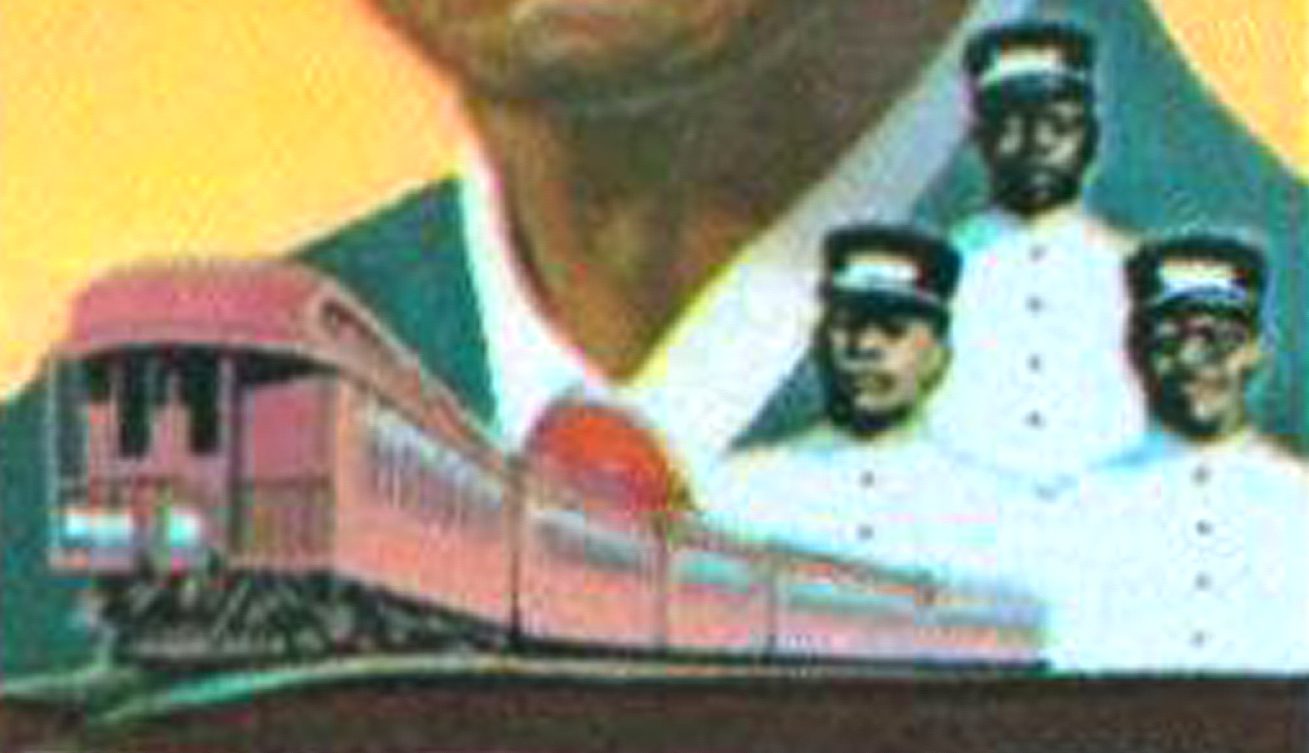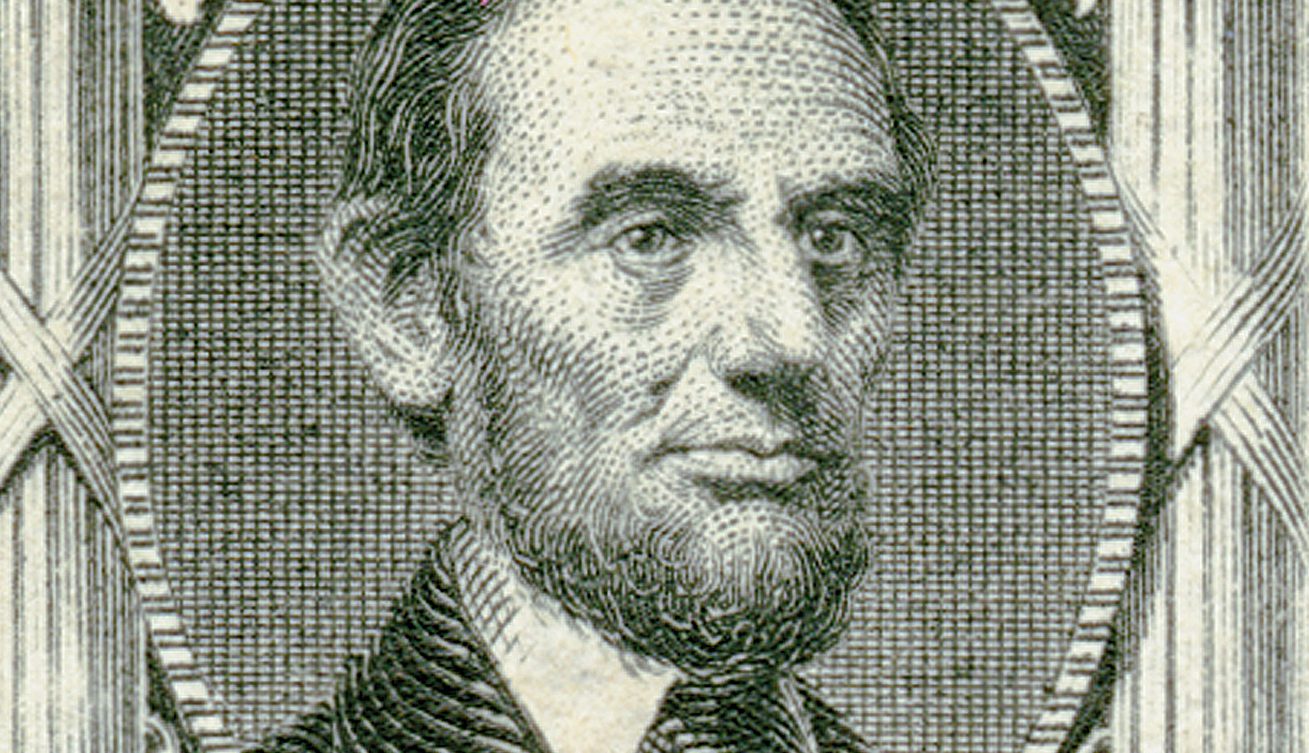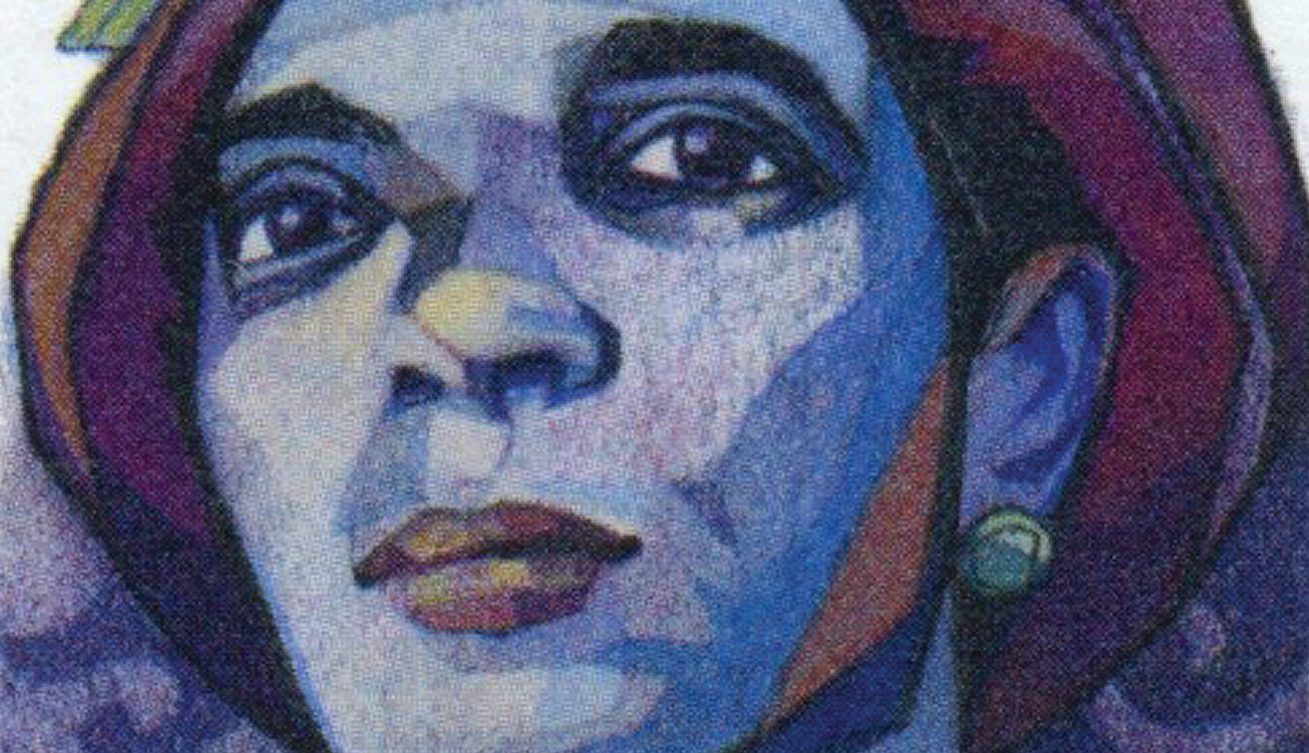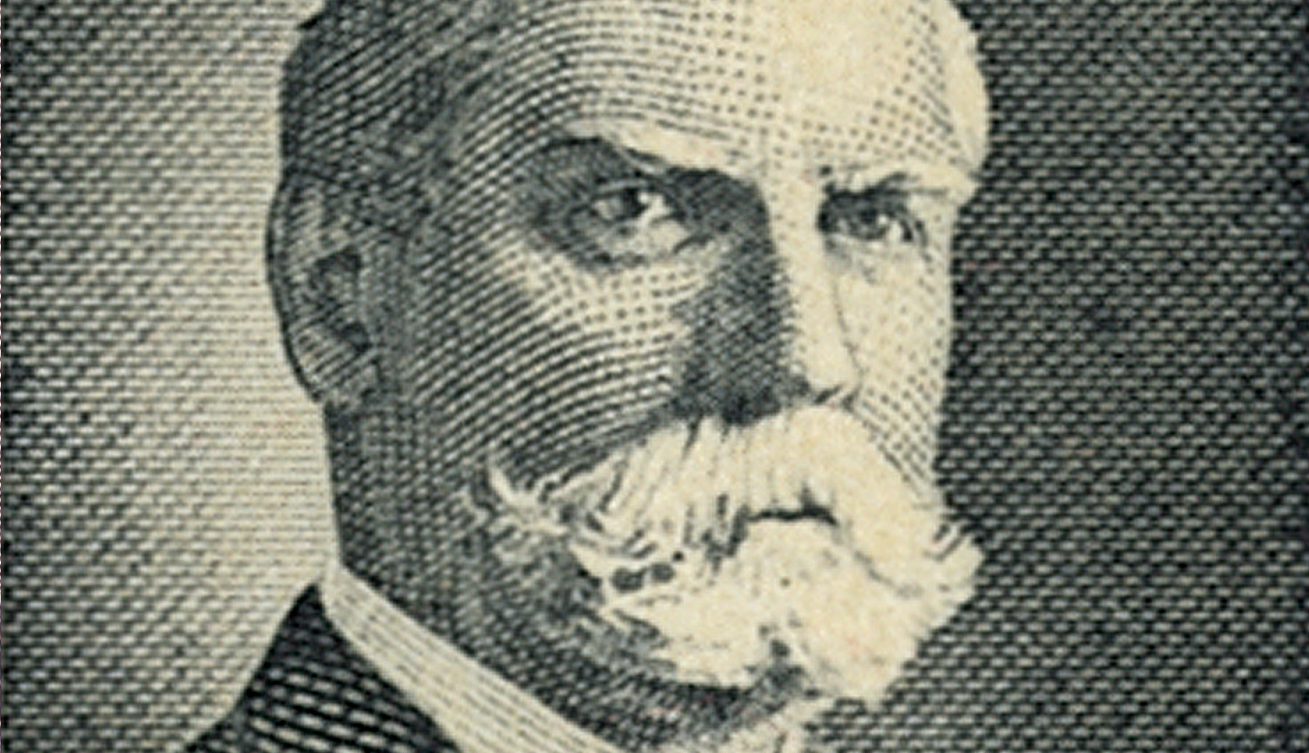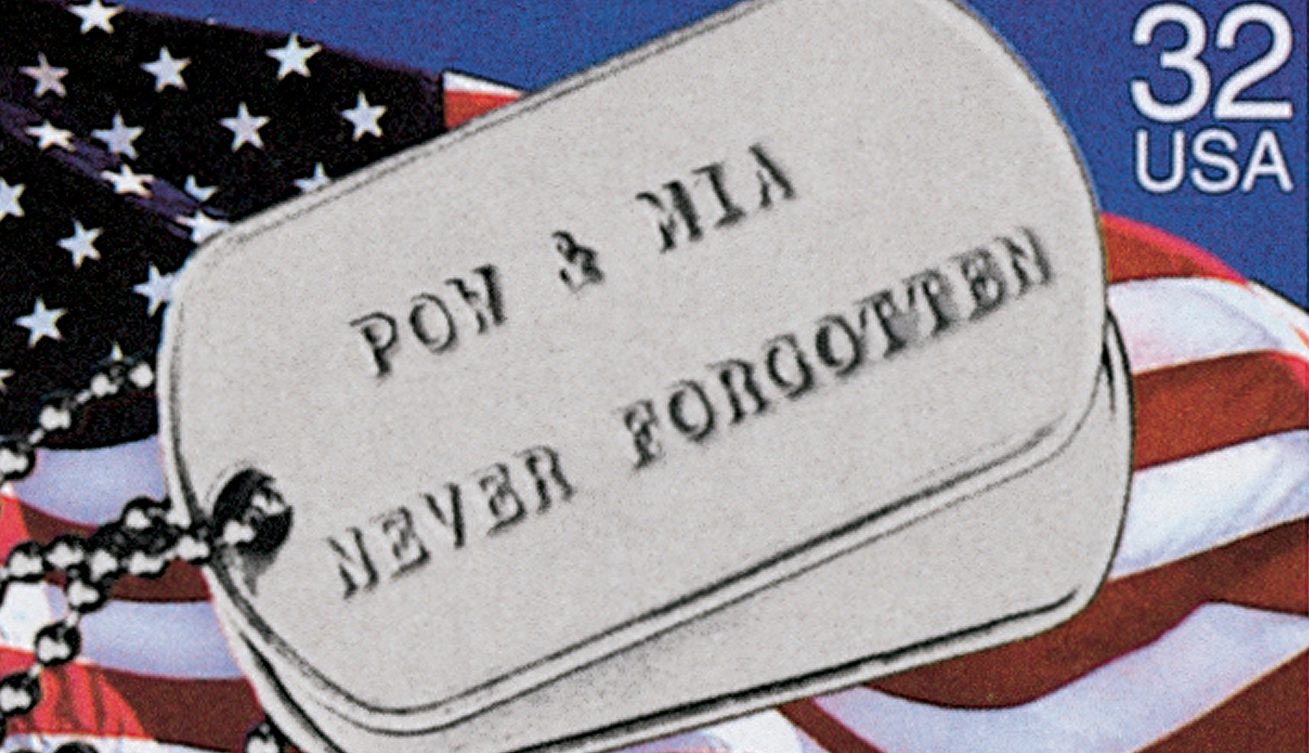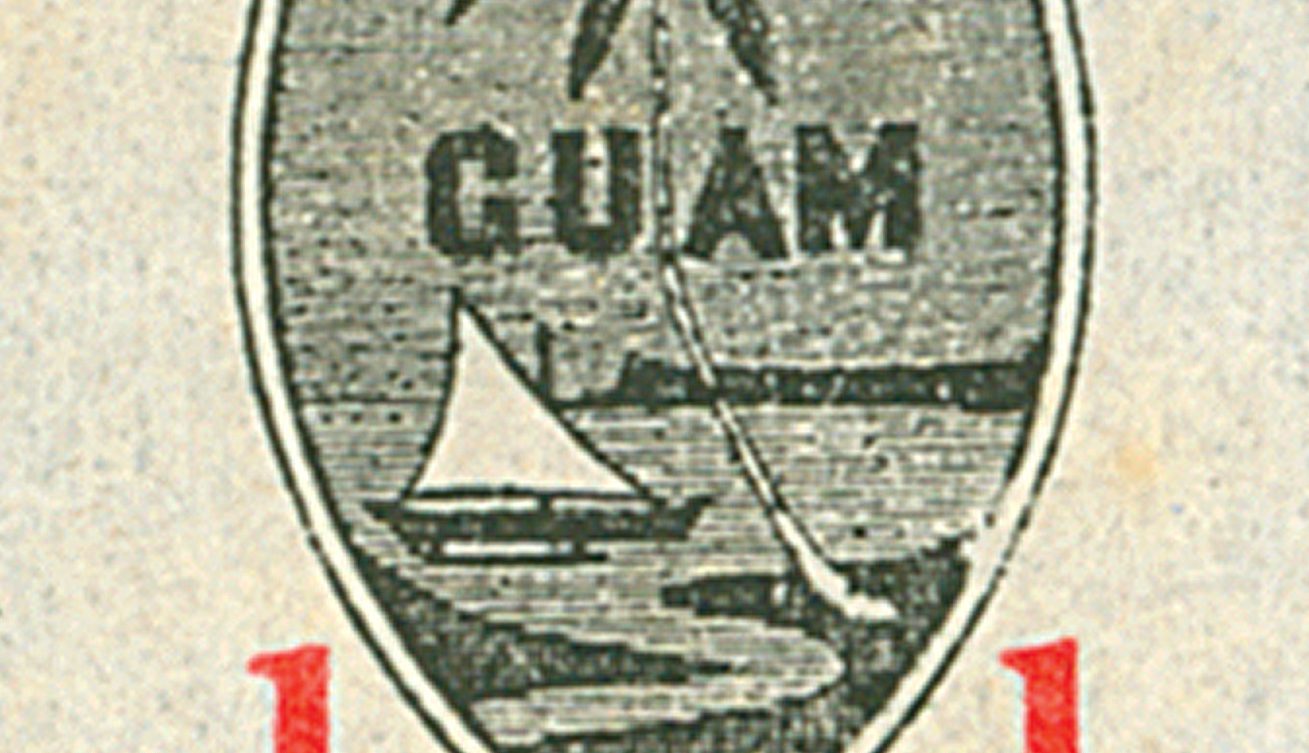First Woman to Fly Across the English Channel
On April 16, 1912, Harriet Quimby became the first woman to fly across the English Channel. She had a brief, but significant aviation career, becoming a pioneer and inspiration for countless female flyers.


